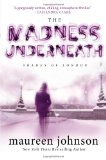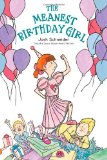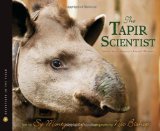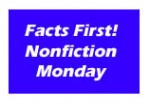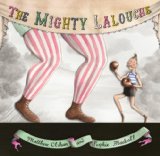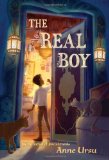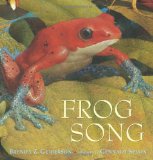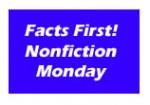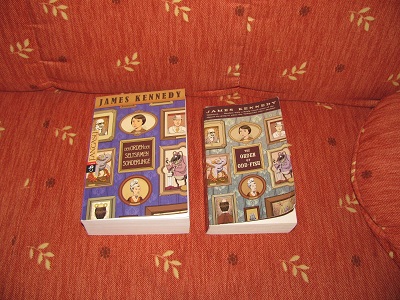Review of The Madness Underneath, by Maureen Johnson
Shades of London, Book 2
by Maureen Johnson
G. P. Putnam’s Sons (Penguin), 2013. 290 pages.
Starred Review
This is the second book in the Shades of London series, and, yes, you should read the first book, The Name of the Star to properly enjoy this one.
Without saying too much about the first book, Rory is an American who’s going to boarding school in London. But while there, she has an almost-dying experience and then begins to see ghosts. And then one of those ghosts begins recreating the murders of Jack the Ripper. And he knows she can see him.
Book Two comes after she has survived what the Ripper tried to do to her. Her parents are upset and have been keeping her in a bubble. But some powerful friends want Rory’s help — she gained some power through her experience — and they are able to make it happen that Rory goes back to school.
But she didn’t get much work done while she was away. And the schoolwork in England was difficult already.
So now she’s in danger of failing, and there is more than one group who is interested in her, and it seems a crack has opened under her school that connects to the burying ground of Bedlam, the old mental hospital. And the ghosts that are coming out now are not happy.
In many ways, this book feels like a bridge between what went before and what comes next. But some dramatic things happen in this book, and I’m dying to know what Rory will do next.
I love Maureen Johnson’s writing style. I could easily imagine her tweeting most of the things that Rory says. The style is a little demented and a whole lot of fun, and Rory’s the kind of person who would always be fun to be around. So we get to be around her for as long as it takes to read these books.
maureenjohnsonbooks.com
penguin.com/youngreaders
Find this review on Sonderbooks at: www.sonderbooks.com/Teens/madness_underneath.html
Disclosure: I am an Amazon Affiliate, and will earn a small percentage if you order a book on Amazon after clicking through from my site.
Source: This review is based on a library book from Fairfax County Public Library.
Disclaimer: I am a professional librarian, but I maintain my website and blogs on my own time. The views expressed are solely my own, and in no way represent the official views of my employer or of any committee or group of which I am part.
